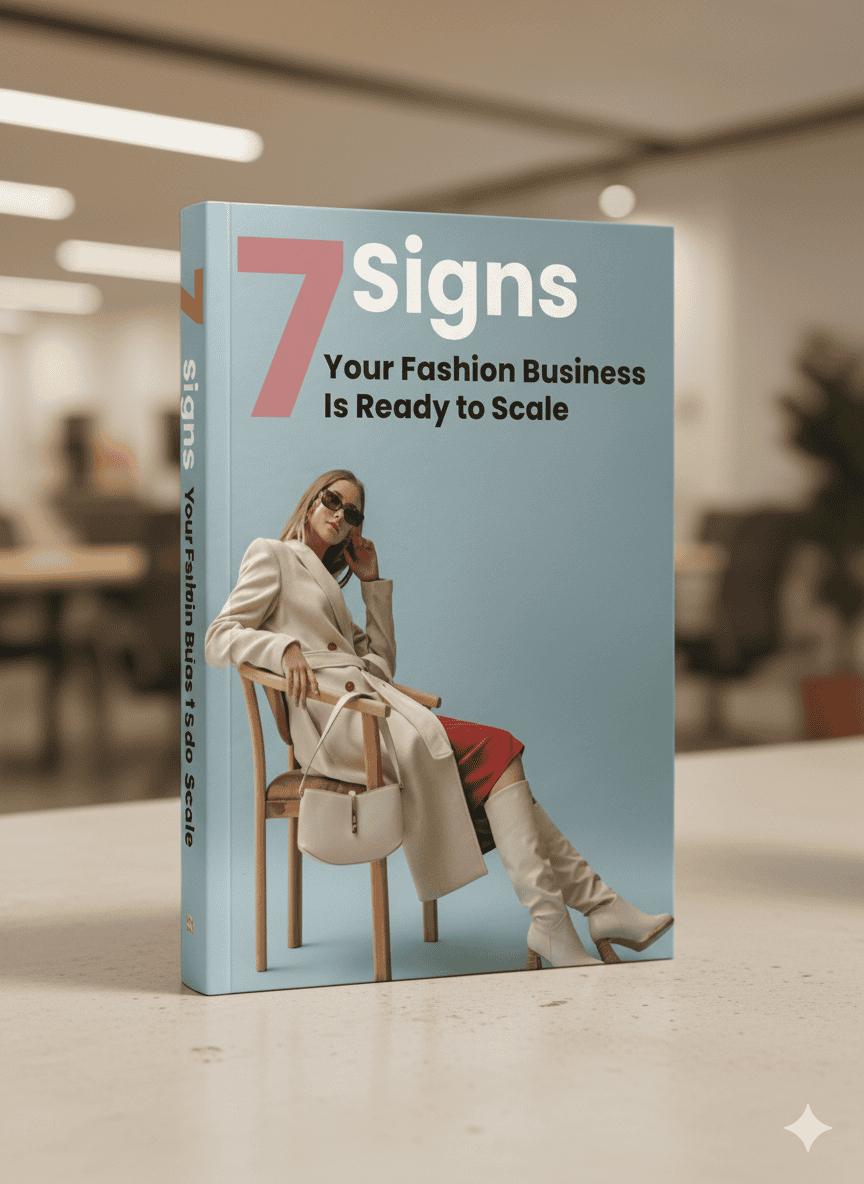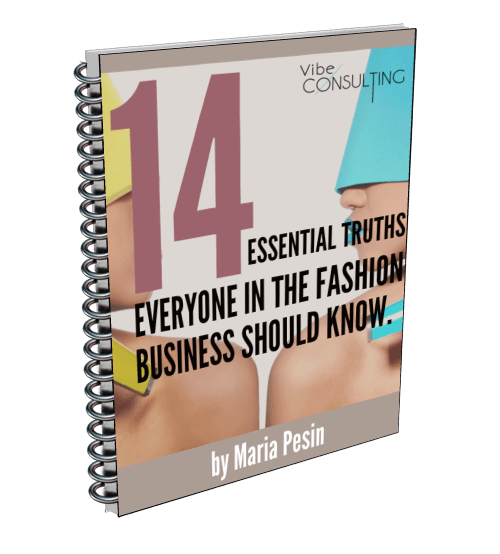Attracting the right retailers to stock your fashion brand is a step in scaling your business and expanding your reach, allowing your products to be seen by a wider audience and increasing your sales potential. Retailers can help expand your brand’s reach, increase your sales volume, and provide invaluable exposure to new customer segments. However, attracting the right retailers to stock your brand involves more than just sending cold emails and hoping for the best. It requires a strategic, thoughtful approach that highlights the value your brand offers and positions you as a strong, reliable partner in their retail ecosystem.
In this blog, we’ll walk through a comprehensive strategy for attracting high-quality retailers to your fashion brand, from understanding what retailers look for to building lasting, mutually beneficial relationships.
1. Understand What Retailers Look For
The first step in attracting high-quality retailers is understanding their needs and priorities. Retailers—whether they are large department stores, boutique owners, or online platforms—are in the business of selecting products that will resonate with their customers and drive sales. To successfully attract high-quality retailers, you must first tailor your offering to meet their specific criteria.
a) Brand Appeal and Unique Value Proposition
Retailers are always on the lookout for products that stand out in a crowded market. Your brand’s unique selling proposition (USP)—the factors that differentiate your brand from competitors—should be clear and compelling. Whether it’s your design aesthetic, the quality of your materials, your commitment to sustainability, or your affordable pricing structure, you need to clearly communicate why retailers should carry your brand.
For instance, if you’re targeting eco-conscious retailers, focus on how your brand uses sustainable materials or ethical production processes. Alternatively, if you’re offering innovative designs or creating fashion-forward collections, highlight those elements as part of your USP.
b) Track Record and Reputation
Retailers are more likely to partner with brands that have a proven track record of success. If you’re a new brand, it can be challenging to convince large retailers to take a chance on you without established sales history or a reputation. However, you can compensate for this by building a solid foundation of smaller wins. This includes strong direct-to-consumer sales, positive customer feedback, and features in smaller boutiques or pop-up shops.
Even if your brand is new, ensure that your online presence reflects professionalism, and that you have a polished portfolio of your work, including any press mentions, collaborations, or influencer endorsements. Highlighting these successes can show retailers that your brand is worth investing in.
c) Quality and Consistency
Retailers place a premium on consistency in product quality and design. They want to know that when they place an order, they’ll receive exactly what they expect—every time. As a fashion brand, ensuring consistent production quality, timely delivery, and adherence to agreed-upon pricing and order quantities is essential for building trust with retailers. If a retailer receives products that don’t meet their quality standards or experience delays in shipment, it could severely damage the relationship.
2. Build a Strong Brand Identity
A cohesive and appealing brand identity is essential when attracting high-quality retailers. Retailers are more likely to work with brands that have a clearly defined brand image, message, and target audience.
a) Develop a Consistent Brand Aesthetic
Your brand’s visual identity—including your logo, website design, packaging, and marketing materials—should reflect your brand’s personality and values. If you are a luxury brand, for instance, your website should have a sleek, sophisticated design with premium packaging. If you are a sustainable, eco-friendly fashion line, your website should feature nature-inspired visuals and environmentally conscious messaging.
b) Create a Strong Online and Offline Presence
Retailers want to partner with brands that have a solid reputation and visibility, both online and offline. A well-established online presence, including a professional website, strong social media engagement, and positive reviews, can increase your brand’s credibility and attract the attention of retailers.
Additionally, engaging in offline activities such as trade shows, pop-up shops, and local collaborations can help you showcase your brand to potential retail partners. Being visible in both the digital and physical spaces shows retailers that you are a serious, multi-channel player in the fashion industry.
c) Focus on Customer Engagement
A brand with a loyal and engaged customer base is attractive to retailers because it indicates a ready market for their products. Focus on building relationships with your customers by offering excellent customer service, soliciting feedback, and responding to inquiries promptly. When you show that your customers love your products, it demonstrates to retailers that there’s demand for your brand.
Retailers also look for brands that create a sense of community around their products. This can be achieved through social media, user-generated content, loyalty programs, or even offline events. An engaged customer base provides the foundation for retailer partnerships because it signifies that your brand has traction and momentum.
3. Create a Professional Wholesale Pitch
Once you’ve refined your brand’s identity and developed a strong online presence, it’s time to start reaching out to retailers. Your wholesale pitch is crucial in convincing retailers to carry your brand. This pitch should be professional, clear, and focused on the benefits for the retailer.
a) Develop a Wholesale Line Sheet
A line sheet is a document that outlines the products you are offering for wholesale, including product descriptions, pricing, sizing information, and order minimums. This should be visually appealing and easy to understand. A well-designed line sheet serves as a catalog of your offerings and is essential for retailers to understand what you sell and at what price point.
Make sure your line sheet includes clear details about your product range, wholesale price, suggested retail price, and any special conditions for ordering, such as delivery times or exclusivity arrangements. It’s also a good idea to include high-quality images of your products to give retailers a clear idea of your designs.
b) Prepare a Retailer-Friendly Lookbook
In addition to a line sheet, prepare a lookbook that showcases your brand and its product offerings in a visually appealing way. The lookbook is an opportunity to tell the story of your brand through professional images, styled product shots, and background information on your collections.
A great lookbook tells the narrative of your brand—who you are, your values, and what your collection represents. It’s a powerful tool for helping retailers connect with your brand emotionally, so make sure to include clear branding, storytelling, and professional photography.
c) Craft a Compelling Email or Introduction Letter
When reaching out to retailers, ensure that your email or introduction letter is clear, concise, and professional. Start by introducing your brand, explaining why you think it would be a good fit for their store, and briefly highlighting your unique selling points. Don’t overwhelm them with too much information in the first contact, but include a link to your line sheet or lookbook for them to review at their convenience.
A compelling subject line and personalized approach can also go a long way. Mention how you discovered their store and why you believe your brand aligns with their values or target audience. This shows that you’ve done your research and are genuinely interested in working with them.
4. Attend Trade Shows and Fashion Events
One of the most effective ways to attract high-quality retailers is by attending industry trade shows and fashion events. These events bring together retailers, manufacturers, and designers, offering the perfect opportunity to showcase your collection and network with key decision-makers.
a) Choose the Right Trade Shows
Not all trade shows are created equal, so it’s essential to choose events that align with your brand and target market. Major fashion trade shows like MAGIC in Las Vegas, Coterie in New York, and Pure London are great places for emerging and established brands to showcase their collections to large retailers.
When attending a trade show, make sure you have all the materials ready, such as your line sheet, lookbook, business cards, and any other marketing materials that can help communicate your brand effectively. Additionally, be prepared to network and engage in meaningful conversations with potential retail partners.
b) Network and Build Relationships
Attending trade shows provides more than just an opportunity to showcase your products—it also gives you the chance to build relationships with key retail buyers and influencers. Take time to network with people in your industry, including retail buyers, other designers, and industry professionals. Retailers often prefer to do business with individuals they trust, and networking at these events can help establish that trust.
Follow up after the event with personalized emails, thanking them for their time and reiterating why your brand would be a great fit for their store. Relationships built through trade shows and networking can lead to long-term partnerships and valuable retail opportunities.
5. Follow Through with Retailer Outreach
Once you’ve made contact with potential retail partners, it’s crucial to follow through. Don’t let your pitch fall into the void—continue to nurture the relationship by checking in periodically, offering updates on new collections, and responding to any questions or concerns they may have. This shows that you are a professional, committed partner who values their time and business.
Be prepared for negotiation. Retailers may request specific terms, such as discounts for bulk orders, exclusivity clauses, or special packaging. Be open to these discussions, but always ensure that you’re protecting your brand’s interests and maintaining your margins.
Retailers are always on the lookout for products that stand out in a crowded market. Your brand’s unique selling proposition (USP)—the factors that differentiate your brand from competitors—should be clear and compelling. Whether it’s your design aesthetic, the quality of your materials, your commitment to sustainability, or your affordable pricing structure, you need to clearly communicate why your brand is worth stocking.
By understanding what retailers are looking for, building a strong brand identity, and presenting your offerings professionally, you can position your brand as an attractive retail partner. Through consistent outreach, networking at trade shows, and maintaining strong relationships, you can expand your brand’s reach and tap into new retail channels, ultimately driving greater success for your fashion business.
The key to success in attracting retailers is not only offering a great product but demonstrating that your brand can add value to their store, attract customers, and increase sales. When done right, the right retail partnerships can help propel your fashion brand to new heights.



